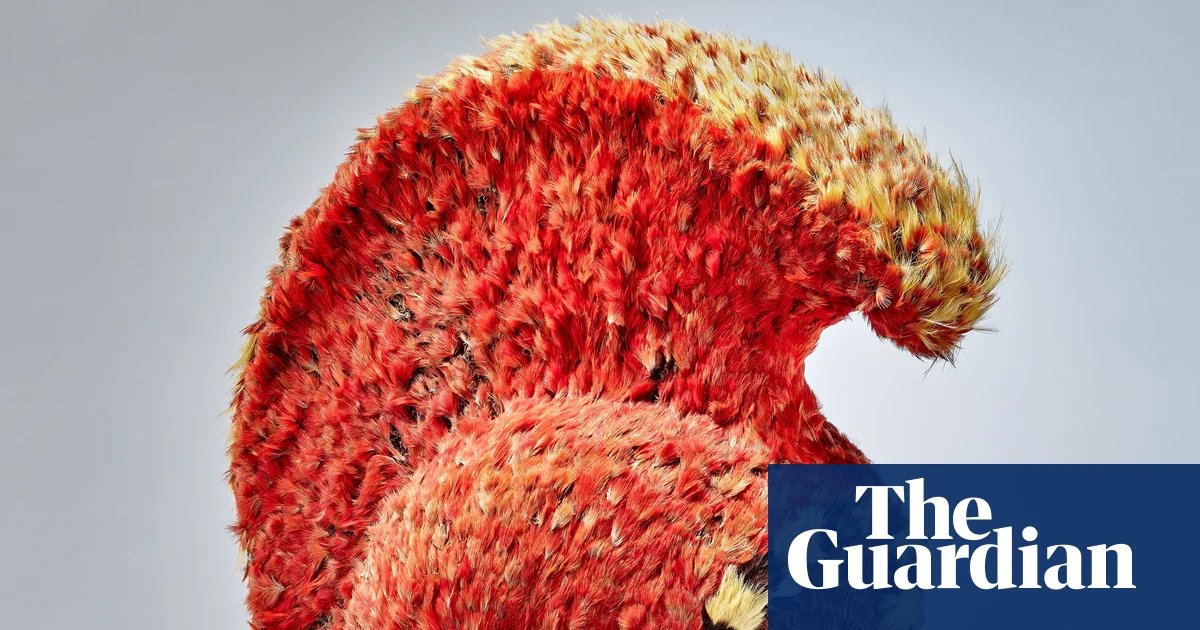By Brenda Melgoza Ciardiello
The truth is, I never wanted to return to Texas. After the ocean and mountains, and even the desert, I experienced before coming back to the Blackland prairie, I must admit that the sharpness of the sun and the dullness of the seasons in Texas gets me down.
But these bouts of nostalgia are put at bay when I think about the trees.
Once, as we drove down Crestwood Drive — a street remarkable for its protection of stately old oak trees, with both road and houses built around the trees — a family member from New England who was visiting us stuck his head out the window to stare at the remarkable shady canopies and announced with delight, “I don’t know what I expected from Fort Worth, but this wasn’t it.”
Who planted these trees? Who sat in their living room drinking tea, watching their children grow, the seasons change, life go on, beneath their shade?
Every new house, each place I’ve lived — and there have been many — has brought with it the hope of new memories and a future life of dreams, of trees planted before we arrived so we’d reap their shade, of gardens with space enough that we could plant our own shade for the future. But we’d never really been to Fort Worth much, and definitely not enough to really notice the trees.
Nevertheless, it’s true: after a single visit following 20 years away from my home state, I chose this neighborhood, Monticello, this house, this life under a Texan canopy, because they, the trees, felt like home. I can tell you from experience, that’s something that doesn’t happen every day.
I knew as I drove under the pecans and red oaks that if these old trees had lived here and thrived all these years, quenched and fed by the light and water of this Texas land, I could somehow make this place home again, too.
My family’s life is nestled in and showered by the shade and shadows of two giant red oaks. They and their kin, who processionally line the main streets of Monticello — as if to ceremonially welcome every passerby — were the first to greet me when I arrived here seven years ago.
Each of these trees, the seasonal memories of generations recorded in their rings, gently embraces our 1930s home. One of them, the younger, is somewhat petulantly destroying the sidewalk along our front yard with growing roots that break the concrete as if it were soft dirt — a persistent way to cozy up closer to our family. “Like any awkward teenager,” I insist to my skeptical husband.
The older tree stands, columnar, a stalwart steward: Its splendid leaves and gentle branches caress the top of our two-story roof, shading our beloved front porch, unwaveringly holding our sons’ swing with just enough give. He is a protector of people in rainstorms, an eater of unwanted light and heat during the unrelenting Texas summers.
The oaks share the space with us, of course, but also, somewhat magnanimously, with the old crotchety pecans in our neighbor’s yard. Perhaps because of their deformities from one too many prunings by the city’s electrical teams, the pecan trees seem to enjoy leaning dangerously far, all the better to mingle their leaves with the oaks and peek across the fence and into our small urban garden. “A peach? A pomegranate — and a plum?! My god, an olive. In this shade? Those will never grow here!” they must whisper among themselves. And they’re not wrong.
More unwieldy and prone to dropping branches unexpectedly, they are the last to get new leaves in the spring and also somehow manage to steal the summer sunlight from my miniature and nostalgic backyard orchard, a fruit tree for each of my three sons, and a few for me and my husband. Instead, they shower us with the random and beautiful wintertime delights of their own buttery fruits.
A green pecan nut bleeds red in the rain and will stain each and every thing in your garden. As a painter, I love to see these beautiful, abstract marks mingle with the rain on my garden patio. Of course in the Cultural District even the trees paint, I’ve often thought.
Monticello, generally a testament to what should probably be called Fort Worth’s urban old growth, also has a park where the old live oaks have long rested their lanky limbs.
They are an open invitation to climb and wander like the squirrels, a perfect protective frame for the neighborhood playground, a rough but shady embrace. These trees are almost alien in their slow ability to hover and entangle their surroundings with tentacle-like branches that spread and reach, cover and claim, protect and please the eye. They simultaneously show restraint and dominance; they invite.
In a place where most of the year we can only be outside should we find a place to avoid the sun, these wild and gangly live — live indeed — oaks are the first and last requisite of a summer trip outside.
I once swam in a pool in Monticello surrounded by live oaks, the flittering patterns of leaves in the sunlight a perfect mimicry of the sun’s shimmer on water. You could hang your towels on the branches and sit to eat watermelon beneath. But I was told recently by a tree surgeon that nurseries now only sell live oaks genetically bred to grow entirely upright, that won’t branch in the more natural meandering ways of the old oaks. There is something lost there, I think.
But there is still much to love and long for. In the spring, I rejoice in the blooming of the desert willows. They lay a flying carpet of pink and purple along the pathways of my neighbors’ homes and sidewalks. Their merry colors and wispy leaves conjure the jacarandas of my beloved Mexico City.
On hot summer days, I love to walk by the crape myrtles lining my driveway. They remind me most of sunkissed childhood days spent at the pool, or afternoons thoughtlessly picking their soft pink-purple blossoms to make “tacos” with my sister — photinia leaves for tortillas, of course.
They are so light, these flowers, that they unwittingly become the wind’s most willing collaborators. And with the help of fire ants and june bugs, and the occasional spider web, they weave an abstract expressionist tapestry that somehow always reflects each day’s goings on in a life with three young boys: happiness with a little chaos, some days more and some days a little less.
Speaking of which, our sons’ sweet, little public school is within walking distance of our home; just 35 red oaks and a fantastic fig or two later and it, too, in the springs and summers, is announced in the vibrant, sun-loving language of the crape myrtle.
Unsurprisingly though, it is guarded and adorned, like many other Monticello homes, by two benevolent centurions — a pair of matriarchal magnolias who have seen better days — standing at attention at the entrance despite their age and lack of water and care.
They are not too hard, however, to continue to welcome you with the white fragrant flowers of true Southern hospitality. How many sodas and snow cones have dripped onto their roots? How many small hands have clung to those trunks and branches, a mimicked mother’s embrace, as they waited to be picked up at the end of the school day? Close to 100 years’ worth, I’d bet.
All this to say, that in this town of a city, this largely undiscovered haven of Fort Worth, I feel fortunate to, like our ancestors, be able to chart my life and friendships on a trail of oaks and pecans and figs and desert willows — to say nothing of the cactuses, azaleas and oak leaf hydrangeas. But that’s for another day.
Brenda Melgoza Ciardiello is a Mexican American artist and poet who has lived in Fort Worth’s Monticello neighborhood for seven years.
Monticello
Total population: 2,308
Female: 53% | Male: 47%
Age
0-9: 18%
10-19: 0%
20-29: 20%
30-39: 17%
40-49: 8%
50-59: 9%
60-69: 20%
70-79: 8%
80 and older: 1%
Education
No degree: 0%
High school: 6%
Some college: 12%
Bachelor’s degree: 49%
Post-graduate: 32%
Race
White: 81% | Asian: 10% | Hispanic: 7% | Black: 2% | Two or more: 0% | Native: 0%
Click on the link to view the schools’ Texas Education Agency ratings:






